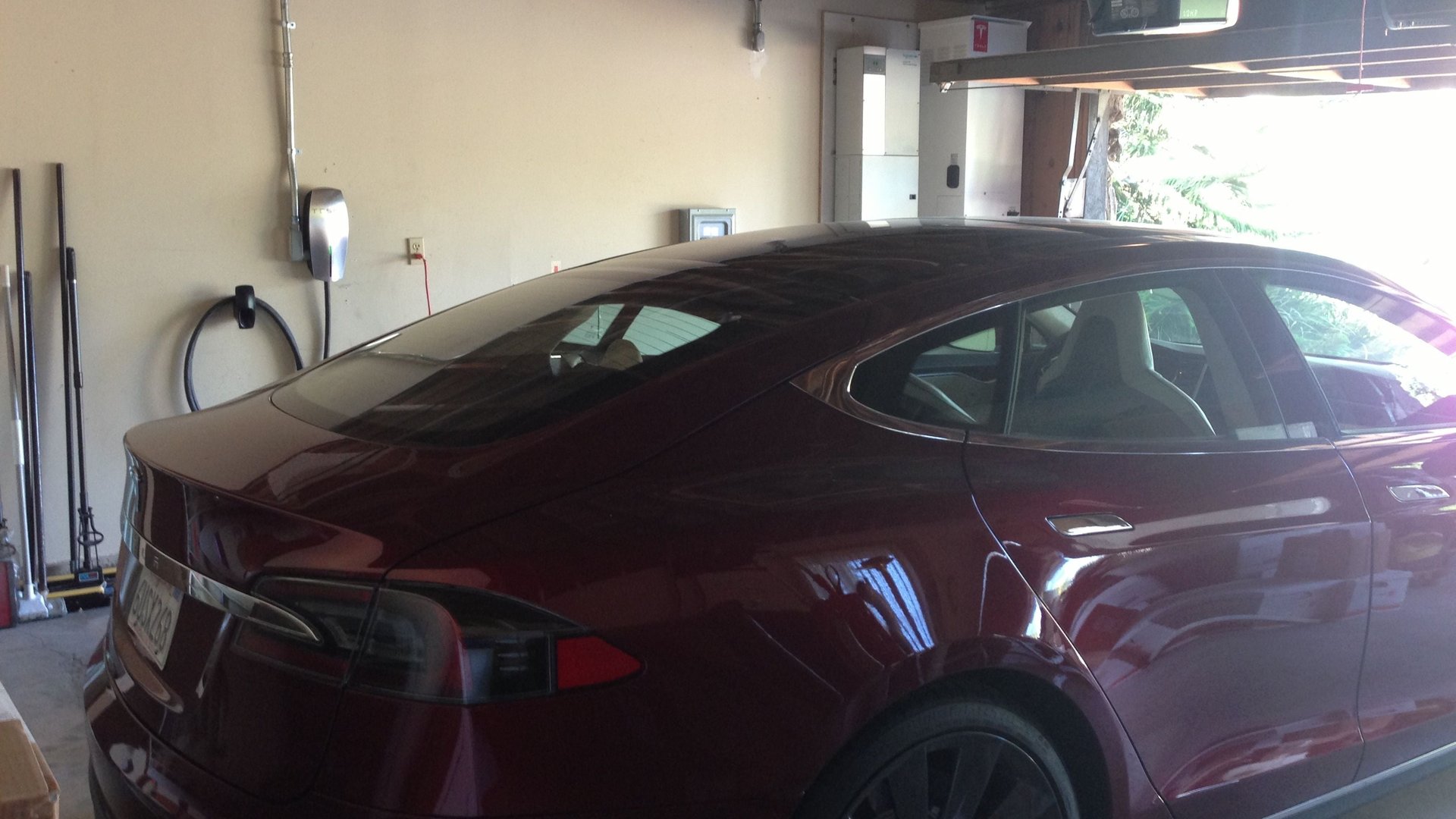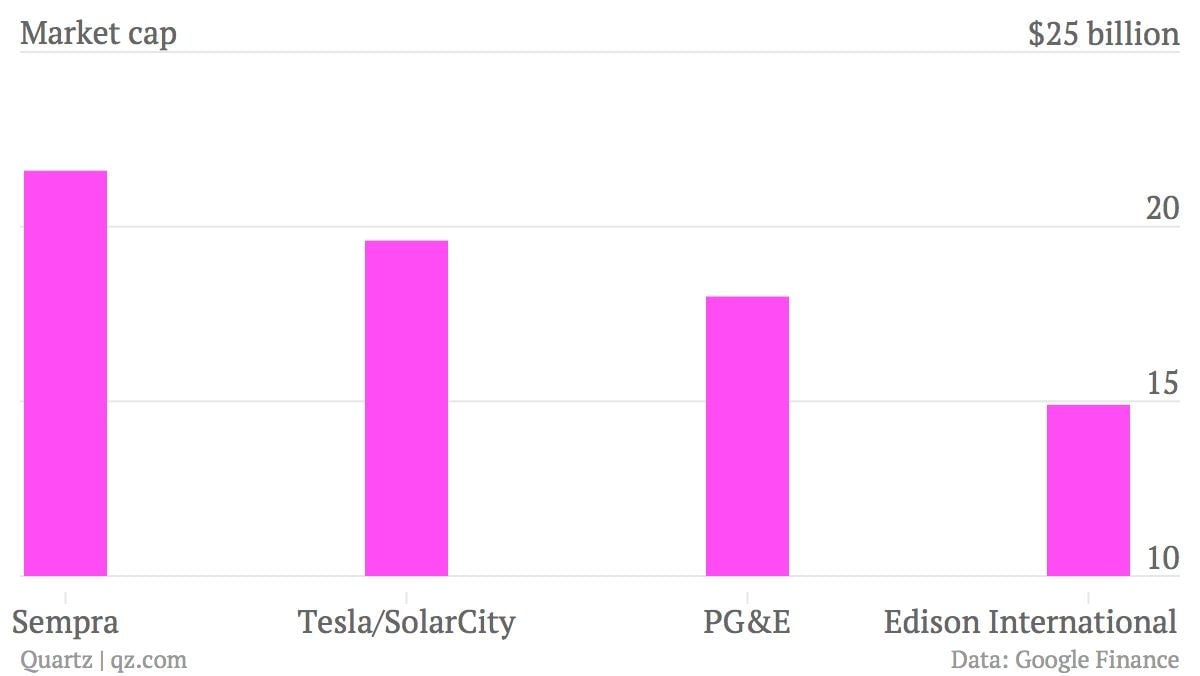Why SolarCity and Tesla are going to replace your utility
Millions of California homeowners and businesses have installed solar panels on their roofs to generate their own electricity. Now a small but growing number of them want to pull the plug on their utilities by storing that energy in batteries and tap that power when the sun isn’t shining. And that has set off a fight over who will ultimately control the state’s power grid—California’s three big monopoly utilities or their customers empowered by companies like SolarCity and Tesla Motors.


Millions of California homeowners and businesses have installed solar panels on their roofs to generate their own electricity. Now a small but growing number of them want to pull the plug on their utilities by storing that energy in batteries and tap that power when the sun isn’t shining. And that has set off a fight over who will ultimately control the state’s power grid—California’s three big monopoly utilities or their customers empowered by companies like SolarCity and Tesla Motors.
SolarCity, the Silicon Valley solar installer, has quietly begun to offer some homeowners a lithium-ion battery pack made by electric carmaker Tesla to store electricity generated by their rooftop photovoltaic arrays. Stem, another Silicon Valley company, will sell or lease a $100,000, 54-kilowatt-hour battery pack to businesses so they can arbitrage the grid by storing electricity when rates are cheap and then using that energy when they’re high.
The state’s utilities, however, are refusing to hook up solar-powered batteries and other home energy storage systems to the grid without charging connection fees that can run $800 or more. Pacific Gas & Electric, Southern California Edison and San Diego Gas & Electric argue that homeowners that cut the cord will saddle other customers with the cost of maintaining the transmission system. (In a preliminary ruling issued in October, regulators ordered the utilities to connect solar battery systems for free while the issue is sorted out.)
But SolarCity customers like Marco Krapels pose a far more existential threat to a century-old power system. Six years ago Krapels put a 2.4-kilowatt solar panel array on the roof of his Marin County, California home. Last April, SolarCity installed a 10-kilowatt-hour Tesla battery in his garage to store electricity generated by the panels. “I should technically be able to function with solar and just the battery indefinitely as long as the sun shines,” Krapels, a renewable energy financer, told me as he stood by his Tesla Model S electric sports sedan. “I don’t want to have to buy power from PG&E at peak rates, I want to use my own power. You see this power line going from the street to my house? I look forward to the day when I cut that wire.”
It certainly makes economic sense for Krapels to do that, especially as a hedge against rising electricity rates. State subsidies pay 60% of the cost of the Tesla battery and Krapels leases the system for less than $40 a month. That’s even less than his lease payments to SolarCity for his solar array. So far SolarCity has signed up more than 300 customers for its solar battery system, according to Peter Rive, the company’s co-founder. As of July 1, there were 667 applications for energy storage systems in California that could store 33 megawatts of electricity, according to the state Public Utilities Commission.
“The long term goal for us is to basically integrate storage systems with solar power systems by default,” says Rive. “Over the next five years you’ll find an increasing percentage of our customers will be getting solar with battery storage.”
So just how much a threat do SolarCity and Tesla pose to utility hegemony? Time will tell but a look at the companies combined market cap compared to those of the parent companies of California’s Big Three utilities should give utility executives pause. So should the fact that a Tesla Model S battery pack can store six to eight times the electricity of the Tesla home unit. It’s relatively simple to engineer car batteries to store solar electricity and provide power to a home on demand, say at night, when the car is parked in the garage.

“I see the solar companies and companies like Tesla converging,” says Krapels. “Soon their market value will exceed that of utilities that are fighting them. That’s when it’s going to get interesting.”